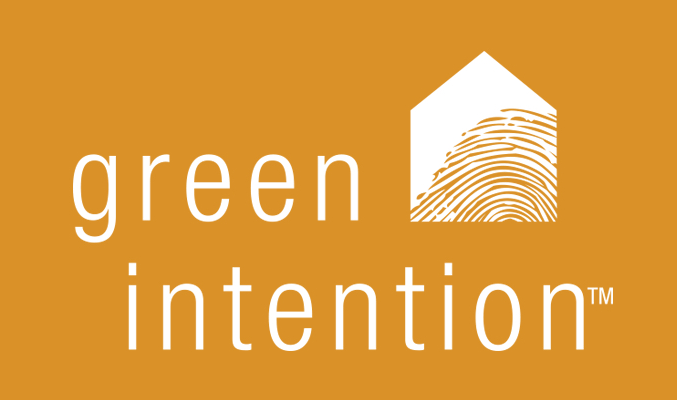It seems that some people have a hard time grasping how a larger-than-average home can still get LEED Certified. I’d like to address this issue directly, because it’s not the first time it has come up. First, the LEED for Homes rating system does address size. To quote from the LEED for Homes Reference manual:
All else equal, a large home consumes more materials and energy that a small home over its life cycle. LEED compensates for these impacts by adjusting the threshold for each award level. Thresholds for smaller-than-average homes are lowered, and thresholds for larger-than-average homes are raised….As home size doubles, energy consumption increases by roughly one-quarter, and material consumption increases by roughly one half; combined, this amounts to an increase in impact of roughly one-third with each doubling in home size.
That is totally fair, and is based on published data and research. We had to get about 16 more points to reach the same thresholds. LEED does not arbitrarily say “any home larger than 4,000 square feet (pick a number) is not green.” What good would that do? It would, in fact, do bad: it would alienate those people that can currently most afford to go green. That’s not good for LEED, not good for society, and definitely not good for the green building movement.
Second, what constitutes “too big”? Who is to judge what is the appropriate amount of space for a family? The fact that I have a home office so I don’t have to commute (and thereby save fossil fuels) — is that an acceptable use of some of our space? What if I host many community gatherings to teach people how to make their own non-toxic household cleaners? Does that justify a larger kitchen? Our house is by no means a mansion, but it is spacious. We built it to last and do not plan to move again. The spaces can evolve to fit the needs of our family, and possibly extended family. It also fits into the context of the neighborhood. Okay…I’m starting to sound defensive, so I’ll get to my final point, which is more philosophical.
I’ve thought before that the greenest material is no material, so we have done some creative designs in our home like having finger holes instead of drawer and cabinet pulls — saving us money and resources. Our basement has exposed concrete floors and walls, also saving us money and materials. But if you go down that path of trying to be greener, then really, the greenest home is no home. And if you keep going, then: the greenest human being is no human being. (That’s why you see books like No Impact Man: The Adventures of a Guilty Liberal… and Confessions of an Eco-Sinner. Oh, the guilt of being human! The guilt of wanting stuff!)
But where does that leave us? I’d prefer to believe that we humans live in a symbiotic relationship with the earth. It’s not a contest to see who can be the greenest. It’s all of us figuring out together how to make choices that support life.

Full disclosure – Liss and I are colleagues at Resonance Companies.
Liss is absolutely right: if we insist that there is a size limit for a house to be ‘green’ we risk alienating exactly the people that will help fund development of new building technologies and household products. Many new technologies and product ideas are initially introduced as high-end, expensive products, and the sales of these products help fund further development and more efficient manufacturing, which in turn allows the vendor to lower the price. If someone wants to build an large house and we tell them they can’t if they want to be green, then likely will build a ‘not-green big house’ instead of a ‘green small house’.